Figures

Fig. 1. Hylas and the Nymphs sarcophagus. Palazzo Mattei, Rome.

Fig. 2. Detail of Fig. 1.
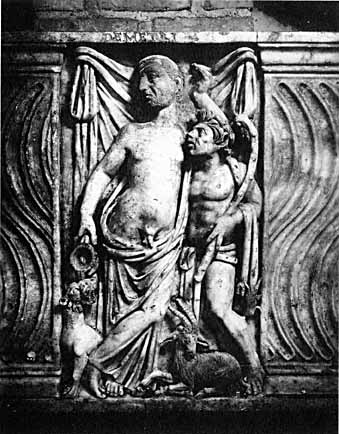
Fig. 3. Strigilated sarcophagus: central panel with detail of Dionysus and satyr. Praetextat catacombs, Rome.

Fig. 4. Adonis and Aphrodite sarcophagus. Casino Rospigliosi, Rome.

Fig. 5. Adonis and Aphrodite sarcophagus. Cathedral sacristy, Blera.

Fig. 6. Adonis and Aphrodite sarcophagus. Casino Rospigliosi, Rome.
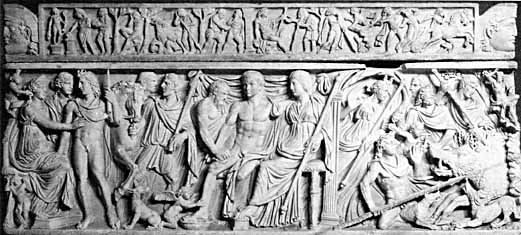
Fig. 7. Adonis and Aphrodite sarcophagus. Museo Gregorio Profano, Vatican.
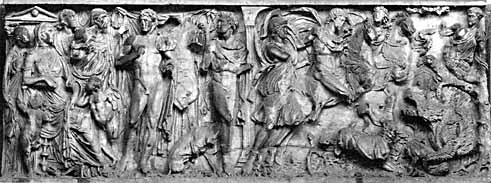
Fig. 8. Phaedra and Hippolytus sarcophagus. Louvre, Paris.

Fig. 9. Adonis and Aphrodite sarcophagus. Palazzo Ducale, Mantua.

Fig. 10. Funeral monument of T. Statilius Aper. Museo Capitolino, Rome.

Fig. 11. Adonis and Aphrodite sarcophagus (fragment). Museo Chiaramonti, Vatican.
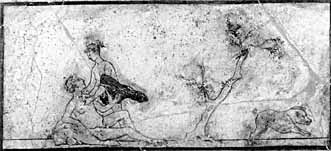
Fig. 12. The death of Adonis. Wall painting (fragment). Louvre, Paris.
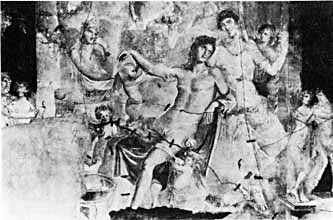
Fig. 13. Adonis and Aphrodite. Wall painting. Casa d’Adonide ferito, Pompeii (VI, 7, 18).

Fig. 14. Adonis and Aphrodite sarcophagus. Villa Giustiniani, Rome.

Fig. 15. Adonis and Aphrodite sarcophagus. Galleria Lapidaria, Vatican.
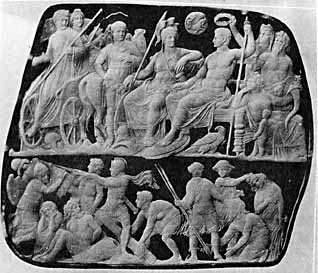
Fig. 16. Gemma Augustea. Cameo. Kunsthistorisches Museum, Vienna.

Fig. 17. The healing of Aeneas’s wounds and Aphrodite's intervention. Ivory plaquette . Museo Nazionale, Naples.
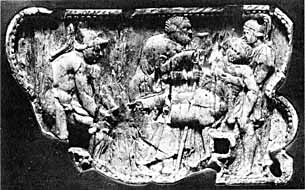
Fig. 18. Priam’s return with Hector’s body. Ivory plaquette (reverse of Fig. 17).
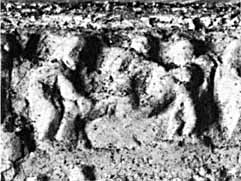
Fig. 19. Iliac tablet (detail: Priam's return with Hector's body). Museo Capitolino, Rome.

Fig. 20. Homeric saga sarcophagus (Philoctetes and Hector). Antikenmuseum, Basel.
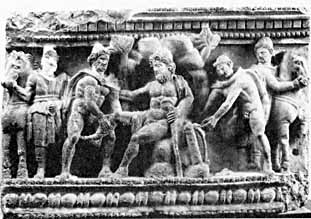
Fig. 21. Philoctetes. Etruscan cinerary urn. Accademia, Cortona.

Fig. 22. Philoctetes. Roman silver cup (“Hoby Cup”). National Museum, Copenhagen.

Fig. 23. Philoctetes sarcophagus. Lost: formerly, Florence. Drawing from the Codex Coburgensis. Vesta Coburg.
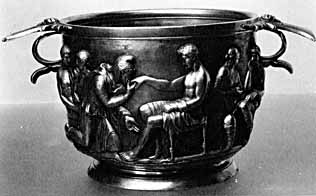
Fig. 24. Priam before Achilles. Roman silver cup (“Hoby Cup”). National Museum, Copenhagen.

Fig. 25. Adonis and Aphrodite sarcophagus (detail of Fig. 6): the tending of Aeneas's wounds and Aphrodite's intervention). Casino Rospigliosi, Rome (detail of Fig. 6)
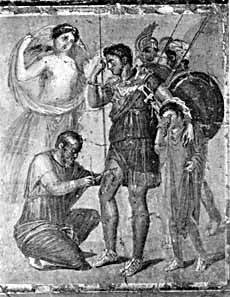
Fig. 26. Aeneas wounded, and healed by Venus. Wall painting (fragment), from Casa di Sirico, Pompeii (VII, 1, 25 and 47 [8]). Museo Nazionale, Naples.
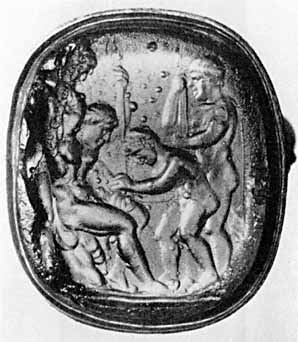
Fig. 27. The tending of Aeneas’s wounds. Glass paste. Antikenabteilung.

Fig. 28. Endymion and Selene sarcophagus. Louvre, Paris.

Fig. 29. Endymion and Selene sarcophagus. Museo Capitolino, Rome.
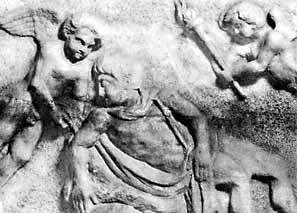
Fig. 30. Endymion and Selene sarcophagus. Louvre, Paris. (detail of Fig. 28)

Fig. 31. Endymion and Selene sarcophagus. Palazzo Doria-Pamphili, Rome.
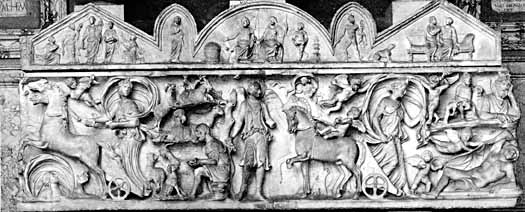
Fig. 32. Endymion and Selene sarcophagus. Museo Capitolino, Rome.

Fig. 33. Endymion and Selene. Copy after wall painting (formerly Pompeii, Domus Volusi Fausti, I, 2, 17). Deutsches Archäologisches Institut, Rome.

Fig. 34. Endymion and Selene sarcophagus. Casino Rospigliosi, Rome.

Fig. 35. Endymion and Selene sarcophagus. Metropolitan Museum of Art, New York.
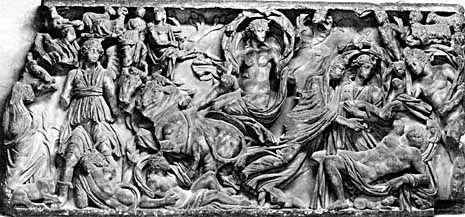
Fig. 36. Endymion and Selene sarcophagus. San Paolo fuori le mura, Rome.
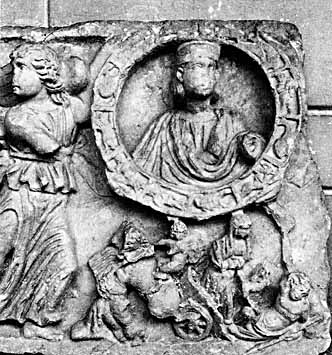
Fig. 37. Endymion and Selene on a clipeus sarcophagus (detail). Museo Nazionale, Sassari.

Fig. 38. Grave stele with scene of Endymion and Selene (detail). Pettau-Ptuj, Yugoslavia.
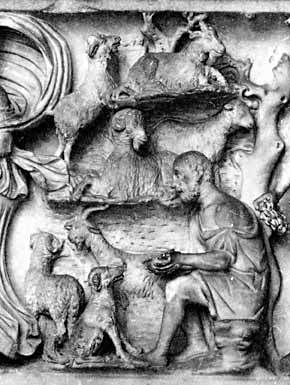
Fig. 39. Endymion and Selene sarcophagus. Museo Capitolino, Rome (detail of Fig. 32)

Fig. 40. Endymion and Selene sarcophagus. Metropolitan Museum of Art, New York.
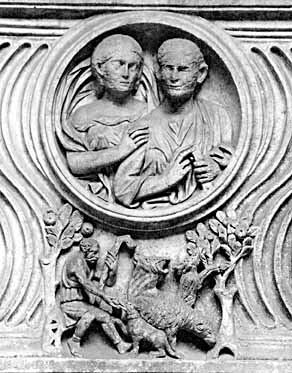
Fig. 41. Bucolic scene on a strigilated sarcophagus (detail). Museo Nazionale Romano, Rome.

Fig. 42. Allegorical sarcophagus (“vita activa and vita contemplativa”). Museo Nazionale, Naples.

Fig. 43. Muses/Bucolica sarcophagus. Camposanto, Pisa.

Fig. 44. The “Rinuccini sarcophagus.” Staatliche Museen, Berlin.
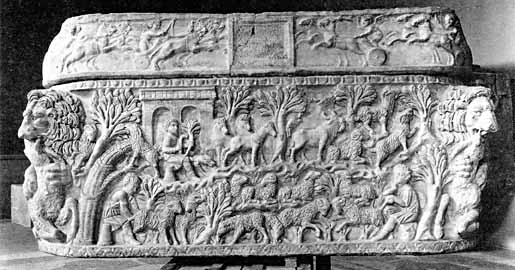
Fig. 45. Sarcophagus of Iulius Achilleus. Museo Nazionale Romano, Rome.
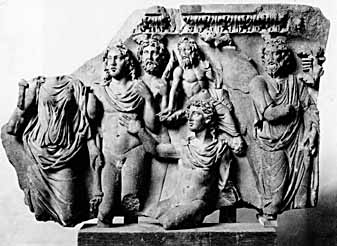
Fig. 46. Endymion and Selene sarcophagus (fragment). Antikensammlung. Staatliche Museen, Berlin.
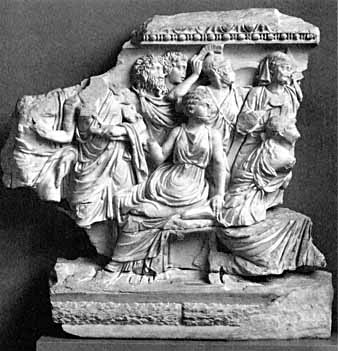
Fig. 47. Achilles sarcophagus (fragment). Ny Carlsberg Glyptothek, Copenhagen.

Fig. 48. Reconstruction of Fig. 46 (author’s drawing)
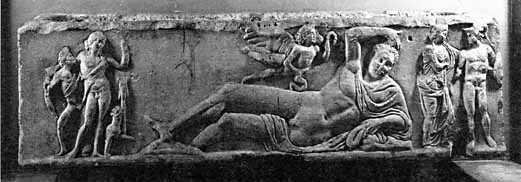
Fig. 49. Endymion sarcophagus. Palazzo Braschi, Rome.

Fig. 50. Endymion sarcophagus. British Museum, London.
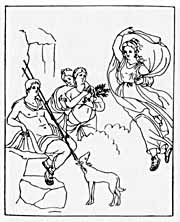
Fig. 51. Drawing of a wall painting of Endymion from the Casa dei Dioscuri, Pompeii (VI, 9, 6–7).
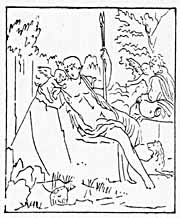
Fig. 52. Drawing of a lost wall painting of Narcissus from the Casa dei Dioscuri, Pompeii (VI, 9, 6–7).
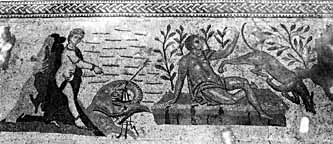
Fig. 53. Andromeda and Endymion mosaic. Piazza Armerina.
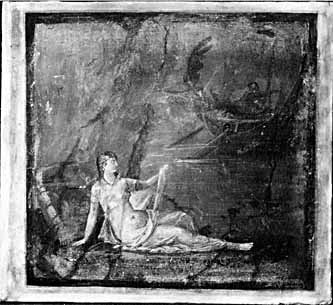
Fig. 54. Ariadne abandoned by Theseus. Wall painting. British Museum, London.
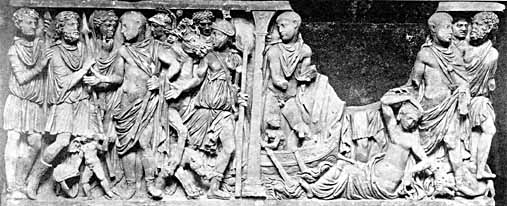
Fig. 55. Theseus sarcophagus. Cliveden.

Fig. 56. Dionysus and Ariadne sarcophagus. Louvre, Paris.
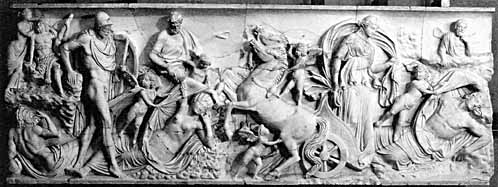
Fig. 57. Mars and Rhea Silvia / Endymion and Selene sarcophagus. Museo Lateranense, Vatican.

Fig. 58. Grave altar of L. Aufidius Aprilis. Museo Nazionale Romano, Rome.

Fig. 59. Lid of sarcophagus of Andia Melissa (now lost). Anonymous drawing. Biblioteca Comunale, Fermo.
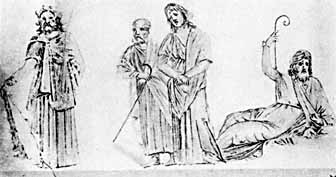
Fig. 60. Euripides’ Madness of Herakles. Drawing after a lost wall painting from the Casa del Centenario, Pompeii (IX, 8, 3 and 6).

Fig. 61. Euripides’ Madness of Herakles. Wall painting. Casa dei Quadretti Teatrali, Pompeii (I, 6, 11).

Fig. 62. Seneca’s Medea. Drawing after a lost wall painting from the Casa del Centenario, Pompeii (IX, 863 , 3 and 6).

Fig. 63. Sarcophagus with ancestor portraits in cabinets. Antikensamlingen. National Museum, Copenhagen.

Fig. 64. Columnar sarcophagus (Cupid and Psyche/Venus and Mars/ Mars and Rhea Silvia). Palazzo Mattei, Rome.

Fig. 65. Venus and Adonis. Engraving of gemstone. Thesaurus Brandenbergicus selectus (1696).
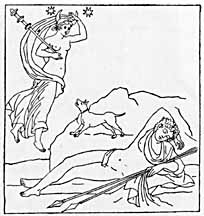
Fig. 66. Endymion: Drawing after a lost wall painting from the Casa di Ganimede, Pompeii (VII, 13, 4 [b]).
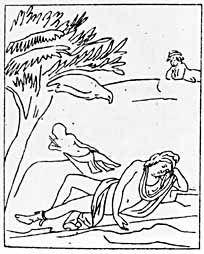
Fig. 67. Ganymede. Drawing after a lost painting from the Casa di Ganimede, Pompeii (VII, 13, 4 [b])x.
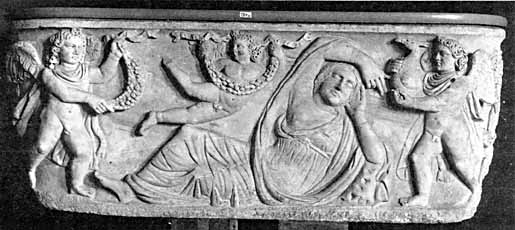
Fig. 68. Ariadne sarcophagus. Ny Carlsberg Glyptothek, Copenhagen.
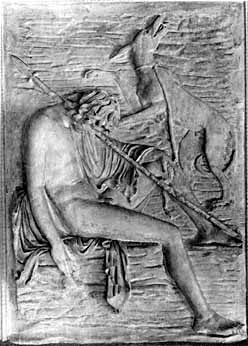
Fig. 69. “Spada” Endymion. Museo Capitolino, Rome.

Fig. 70. Endymion statuette. Vatican Museum.
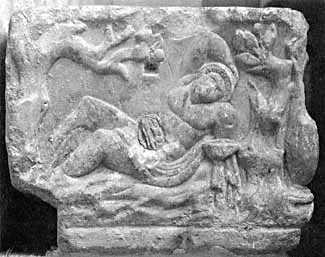
Fig. 71. Vita Privata sarcophagus: sleeping shepherd (end panel). Badia di Cava.
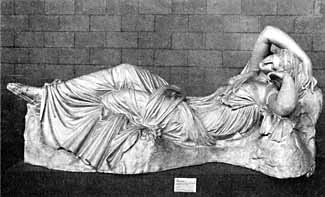
Fig. 72. Vatican Ariadne. Cast. Museum of Classical Archaeology, University of Cambridge.

Fig. 73. Anonymous drawing of a Vatican Adonis Sarcophagus (Fig. 6) from “Museo Cartaceo” of Cassiano dal Pozzo, Windsor Castle.